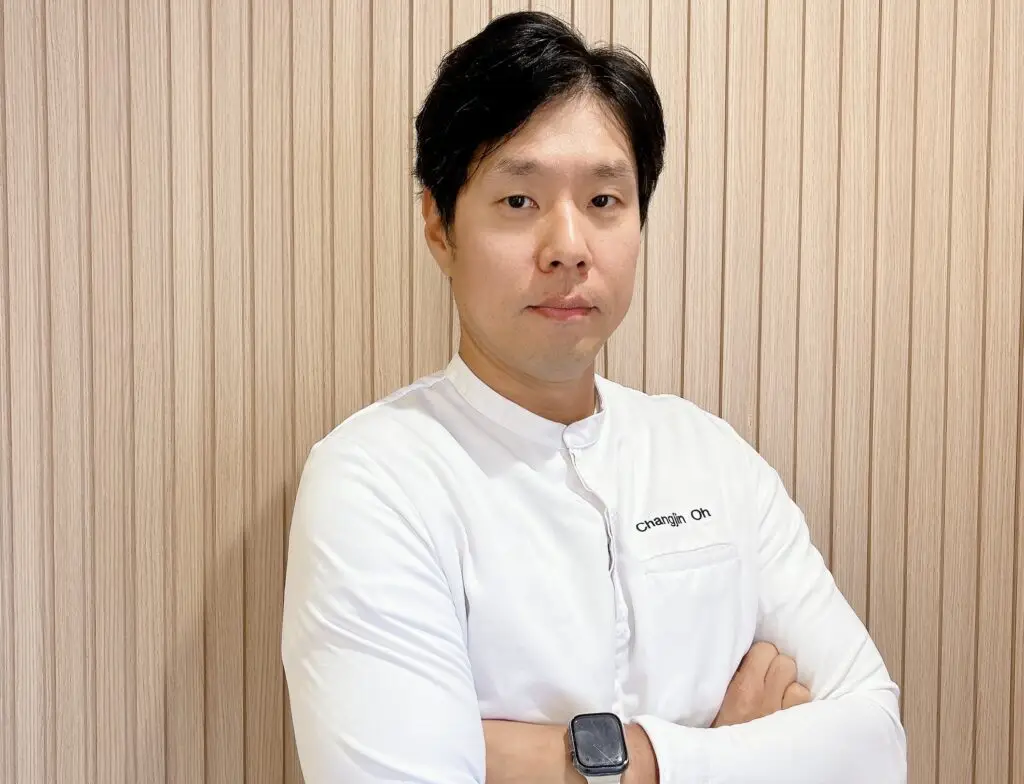
Op-Ed, top docs
Editor’s Note: Read CEO Claire Johnson’s note to readers and women in the medical community regarding the October Top Docs issue here.
In their October feature “The Doctor Will Tweet You Now,” San Diego Magazine highlighted the rise of social media stars among the region’s top doctors. Unfortunately, the accompanying photo hit a raw nerve. Depicting a woman physician preparing for a media appearance by applying lipstick, the image (unintentionally) reduced women physicians to a gender stereotype rather than highlighting our competence and professional worth.
Such negative stereotypes are often rooted in implicit bias: the unconscious beliefs that women physicians are somehow ‘less than,’ whether because we are women, working mothers, or of a different race, ethnicity, or sexual orientation. These implicit biases persist, holding women physicians back from leadership positions and professional fulfillment.
In addition, gender stereotyping is a factor in physician burnout, an already massive problem within healthcare today and a leading cause of why too many brilliant physicians are leaving the practice of medicine. Research shows that 40% of women physicians are leaving medicine completely or cutting back within six years of completing residency training.[1]
This problem is compounded by a looming physician shortage. According to current estimates, by 2033, the U.S. will fall short by more than 139,000 physicians, an alarming trend compelling U.S. Surgeon General Dr. Vivek Murthy to issue a new advisory on health worker burnout.[2] A known driver of burnout among women physicians is the lack of respect, equity, and inclusion experienced within healthcare organizations and the larger community.
Instead of perpetuating unhealthy stereotypes, therefore, it is important we acknowledge what it means to be a woman physician in practice today. It means she has completed decades of rigorous academic study and medical training. She has withstood significant gender bias, racial bias, ‘maternal wall’ bias, discrimination, harassment, any personal heath challenges, barriers to professional advancement, pay inequity, higher degrees of career disruption and work-home conflicts than male counterparts.[3] Needless to say, the COVID-19 pandemic has only magnified these disparities.[4]
Losing women physicians to burnout is a tremendous loss because women physicians have proven to be exceptional at practicing medicine. For example, one study of more than 1.5 million Medicare recipients demonstrated that patients were less likely to die when cared for by a woman physician and were also less likely to be readmitted to the hospital within 30 days of discharge.[5]
In addition, women physicians are more likely to offer preventive care, to practice evidenced-based medicine, to communicate effectively with patients, and to show more empathy. Finally, when male physicians work with women physicians, they provide better care, especially to their women patients.[6]
What can we do today to help ensure that we do not lose an entire generation of women in medicine?
As healthcare leaders and organizations, we can implement structural changes and redesign the workplace to ensure diversity, equity, inclusion, and physician wellness, offering evidence-based, targeted resources to support the success and well-being of women physicians and health workers.
Next, as patients, all of us can acknowledge the pressures, challenges, and often unrealistic expectations experienced by physicians—especially women physicians—and demonstrate more kindness, compassion, and respect. And we can actively seek to uncover and address our own unconscious biases.
Too often, for example, patients and family members assume that women are not physicians or surgeons. A recent study from the Mayo Clinic found that women physicians are twice as likely as their male physician colleagues to be addressed by their first names—even more so if they are primary care or D.O. physicians.[7] This lack of respect can easily be rectified by addressing all women physicians as “Doctor.”
Our world is a better place when women physicians are respected and celebrated not for their outward appearance, but for their tremendous sacrifice, dedication, and effectiveness as healers. We acknowledge San Diego Magazine for celebrating the area’s top doctors and for its recognition of the more than 700 physicians held in the highest regard by their peers. Now, let’s celebrate all physicians, and especially women physicians, who beat the odds every day to selflessly care for their communities.
If you are an organization, corporation, or individual who is interested in learning how to support women physicians, please contact the authors at [email protected].
[1] Paturel, et al., AAMC, 2020.
[2] U.S. Surgeon General, Addressing Health Worker Burnout: The U.S. Surgeon General’s Advisory on Building a Thriving Health Workforce, May 2022.
[3] Mangurian, et al., Harvard Business Review, 2018.
[4] Brubaker, L., JAMA, 2020.
[5] Tsugawa Y., et al., JAMA Intern Med, 2017.
[6] Lau E., et al., J Am Coll Cardiology, 2021.
PARTNER CONTENT
[7] Harvey, J., et al., JAMA Network Open, 2022.

















